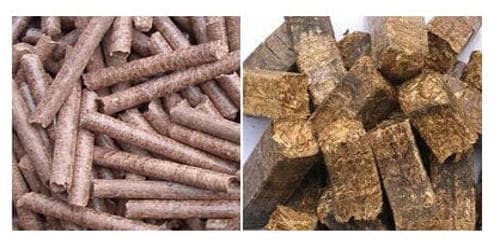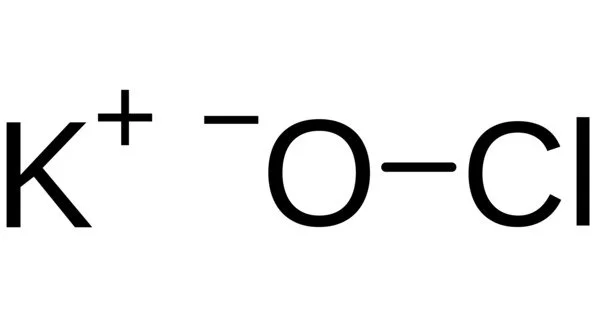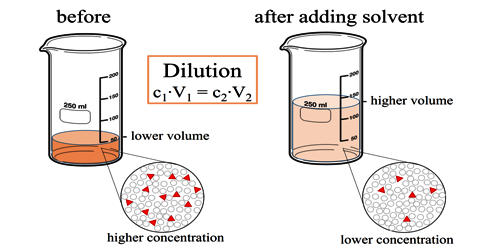Pellet fuels are biofuels made from compressed organic matter or biomass. It is a biomass product made of renewable substances – generally recycled wood waste. Pellets can be made from any one of five general categories of biomass: industrial waste and co-products, food waste, agricultural residues, energy crops, and virgin lumber. Wood pellets are the most common type of pellet fuel and are generally made from compacted sawdust and related industrial wastes from the milling of lumber, manufacture of wood products and furniture, and construction. Pellet burners feature the lowest particulate matter emissions of all solid fuel burners. Wood pellets are made from dried biomass that has been finely powdered and passed through a pellet dye at high temperature and pressure.
Other industrial waste sources include empty fruit bunches, palm kernel shells, coconut shells, and treetops and branches discarded during logging operations. Cordwood, wood pellets, wood chips, waste paper, along with dozens of other agricultural products and by-products capable of being used for energy, are all examples of biomass fuel. So-called “black pellets” are made of biomass, refined to resemble hard coal, and were developed to be used in existing coal-fired power plants. The most compelling principle of biomass is that it is renewable. The remarkable consistency and burn efficiency of pellet fuel produce a fraction of the particulate emissions of raw biomass. The pellet manufacturing process is dependent on the raw material used but tends to include the following steps: the reception of raw material, screening, grinding, drying, pelletizing, cooling, sifting, and packaging.
Pellets are categorized by their heating value, moisture and ash content, and dimensions. They can be used as fuels for power generation, commercial or residential heating, and cooking. Pellets are extremely dense and can be produced with a low moisture content (below 10%) that allows them to be burned with a very high combustion efficiency. Wood pellets are small cylindrical pieces 10–20 mm long with diameters varying from 5 to 10 mm produced from fine-ground wood bark. They are usually used as fuel by feeding into burner automatically because of their small and fixed form.
Pellet fuel is a renewable, clean-burning, and cost-stable home heating alternative currently used throughout North America. Further, their regular geometry and small size allow automatic feeding with very fine calibration. They can be fed to a burner by auger feeding or by pneumatic conveying. Their high density also permits compact storage and transport over long distances. They can be conveniently blown from a tanker to a storage bunker or silo on a customer’s premises. Wood pellets are the fastest growing of any bioenergy feedstock.
















